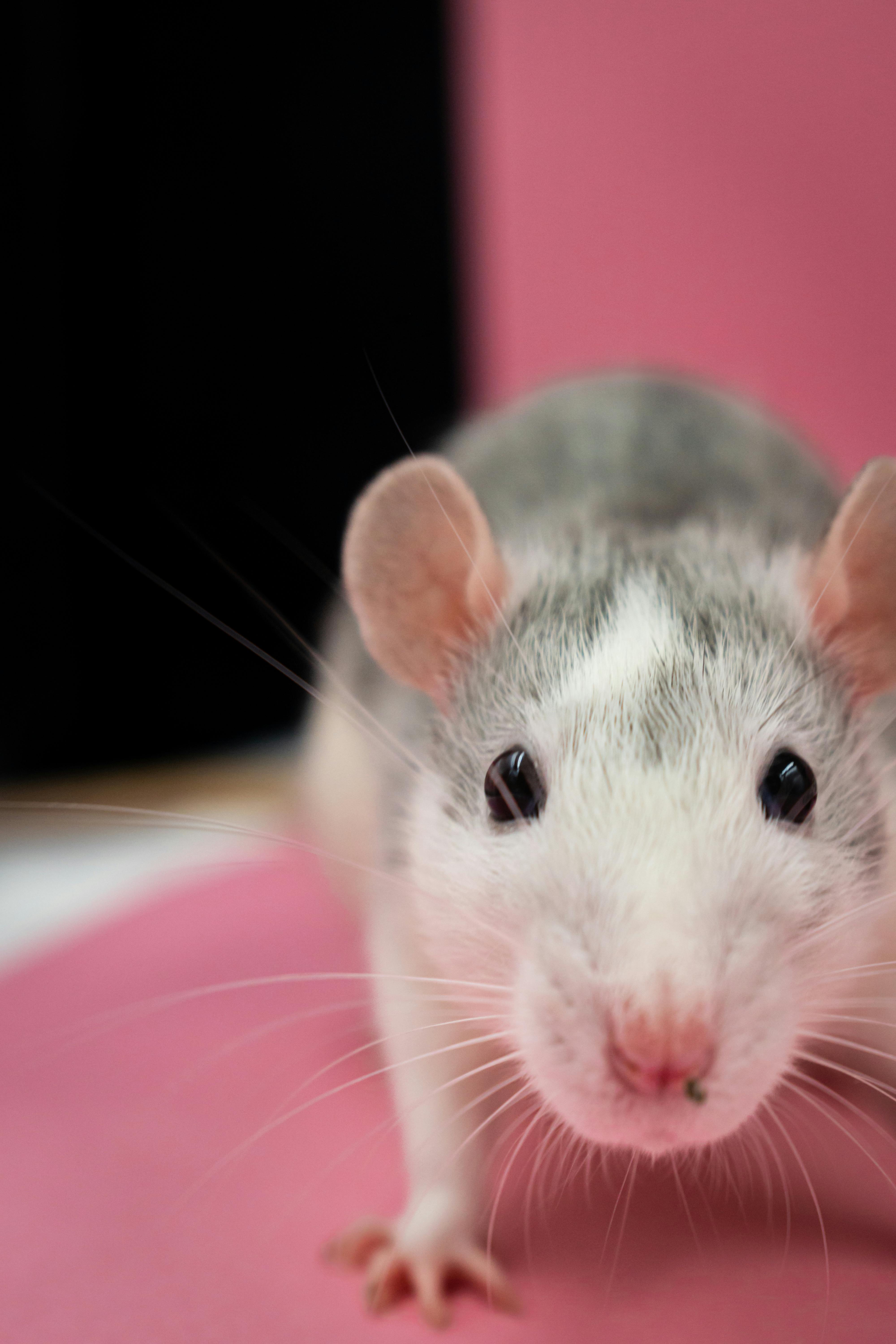Essential Guide to Female Beta Fish Care for 2025

Essential Guide to Female Beta Fish Care for 2025
When considering adding a pet fish to your home, female beta fish (also known as bettas) are an excellent choice. Known for their vibrant colors and unique personalities, they can bring life to any aquarium. This guide covers essential aspects of female beta fish care, including their feeding needs, behavior, compatibility with tank mates, breeding tips, and optimal living conditions. Additionally, it will provide insights on how to maintain a healthy aquarium environment, making all aspects of female beta fish care easier for both beginners and experienced aquarists.
Understanding the specific requirements of female beta fish can lead to a thriving aquatic community. From choosing the right tank size to monitoring temperature and water conditions, every detail plays a crucial role in ensuring the well-being of your fish. Throughout this guide, we will also touch on various colorful female beta fish, their behavioral traits, and essential health tips.
Key takeaways include the importance of proper diet, breeding conditions, and identification of stress signs in female beta fish to foster a healthy living environment. Let's dive into the world of female beta fish care!
Choosing the Right Tank for Female Beta Fish
Building a suitable habitat for your female beta fish involves choosing the right tank size and setup. Unlike their male counterparts, female beta fish can be social; hence, they can thrive in a community tank if conditions allow. However, ensuring adequate space for each fish is crucial for minimizing stress and aggression.
The recommended tank size for female beta fish is at least 5 gallons. Tanks smaller than this can lead to fluctuating water parameters, which can affect the fish's health. Ensure that the tank has a secure lid, as female bettas can jump surprisingly high when frightened.
Furthermore, incorporating live plants and hiding spots can create a welcoming environment for female bettas. They appreciate structured spaces where they can explore and feel protected. Additionally, look for appropriate tank mates that can coexist peacefully with female bettas, enhancing their social exposure without compromising their safety.
Optimizing the water conditions is also vital. Female beta fish prefer water temperatures between 75°F and 80°F (24°C - 27°C). It's important to maintain stable water parameters, as beta fish are sensitive to abrupt changes. Regular monitoring of water quality ensures that your beta fish remains healthy.
With these parameters established, we can transition into understanding female beta fish behavior and personalities, helping you better interact with your aquatic friends.
Understanding Female Beta Fish Behavior and Personalities
Female beta fish are renowned for their unique personalities and behaviors. Unlike male bettas, who exhibit territorial aggression, female bettas can display more sociable traits when housed together. This makes observing their interactions captivating and informative.
Common behaviors you might identify include swimming patterns, bubble nesting, and interactions with tank mates. Female bettas often engage in playful behavior, particularly when they feel secure in their environment. However, it's also essential to recognize signs of stress, which may manifest as rapid gill movements, hiding, and refusing food.
Moreover, beta fish exhibit a range of personality traits. Some may be more curious and active, while others may display shyness and prefer secluded areas. Understanding these differences can enhance the overall care experience, as you tailor your approach to each fish's individual needs.
Monitor their social behavior, especially when adding new tank mates. Female beta fish may exhibit territorial behavior during the initial introduction phase. Gradual acclimation can help ease tensions and promote harmonious interactions.
Recognizing a happy beta fish is as essential as observing signs of stress. A healthy female beta fish will exhibit vibrant colors, an active swimming style, and an interested demeanor towards their environment. Maintaining optimal living conditions will encourage these positive behaviors.
Now that we understand their behavior, let's explore ideal feeding practices for female beta fish.
Optimal Feeding Practices for Female Beta Fish
Maintaining a balanced diet is crucial for the health and well-being of female beta fish. Their diet should consist primarily of high-quality pellets specially formulated for bettas, which are rich in protein and essential nutrients. This ensures that they receive the necessary dietary components for growth and vitality.
Including a variety of foods will also benefit your female bettas. Supplements like frozen or live foods (such as brine shrimp and daphnia) can enhance their diet, promoting lively behaviors. Always introduce new foods gradually to prevent digestive issues.
Feeding frequency for female beta fish is generally once or twice a day. It's vital to monitor the amount of food offered, ensuring that they consume it within a few minutes to maintain water quality. Overfeeding can lead to waste accumulation and unhealthy water conditions.
Additionally, establishing a consistent feeding schedule assists in fostering a routine for your fish. This routine supports their natural behavior and enhances their eagerness to feed. Signs of a healthy female beta fish include active foraging behaviors, consistent interest in food, and healthy coloration.
While feeding, observing their personalities can also help you identify any changes in behavior that may signal health issues. For instance, a decrease in appetite or lethargy can indicate stress or illness, requiring further attention. Now, let's delve into breeding female beta fish, discussing necessary preparations and tips for successful reproduction.
Breeding Female Beta Fish: Tips and Guidelines
Breeding female beta fish can be a rewarding experience, but it requires careful planning and proper conditions. First and foremost, setting up a dedicated breeding tank is essential, as it helps minimize stress and disturbances for the female fish.
Understanding the breeding cycle of beta fish is key. Female bettas often display certain signs when they are ready to breed, including the development of vertical breeding stripes and increased activity levels. It's also crucial to introduce a healthy male beta fish with compatible genetics to ensure successful spawning.
Females typically lay eggs in bubble nests created by males. Therefore, providing suitable breeding materials, such as floating plants, encourages females to release eggs within their safety. After spawning, the male will take initial care of the eggs, and it's advisable to remove the female beta after the spawning process is complete to avoid potential aggression.
Maintaining optimal conditions throughout the breeding process involves ensuring stable water temperatures and parameters. Elevated temperatures between 78°F and 80°F (26°C - 27°C) are ideal during breeding. Additionally, frequent water changes can help maintain cleanliness and reduce waste buildup.
Watching the hatching of fry is an exciting experience, highlighting the importance of ongoing health care for beta fish. It’s essential to feed the fry appropriate foods once they are free-swimming, typically starting with infusoria, and later transitioning to powdered foods as they grow.
With breeding conditions in place, it’s crucial to explore common health issues that female beta fish may encounter, ensuring their overall well-being.
Common Health Issues in Female Beta Fish
Female beta fish, like all pets, can experience health problems. Understanding these issues and their signs is paramount in effective fish care. Common health concerns include fin rot, velvet disease, and ich, often manifested through visible changes, such as discoloration, frayed fins, or abnormal swimming behaviors.
Maintaining water quality is one of the most critical factors in avoiding common health issues. Regular water changes, ensuring optimal conditions such as pH level and temperature, will significantly reduce the risk of disease. The ideal water parameters for female bettas include a temperature range of 75°F to 80°F and a slightly acidic to neutral pH of 6.5-7.5.
Additionally, signs of unhealthy beta fish may include lethargy, excessive hiding, and abnormal feeding patterns. When these signs appear, prompt intervention is crucial, which may include adjusting water conditions or seeking professional care.
Moreover, regular observational care helps in recognizing the subtle differences in behavior that may indicate stress or emerging health issues. For instance, if a fish becomes unusually aggressive or withdrawn, it warrants further investigation into their environment and interactions.
Implementing good feeding practices, maintaining a clean aquarium, and closely monitoring your beta fish will greatly assist in promoting their longevity and health. Understanding these health tips will pave the way for fostering a vibrant aquatic community.

Beta Fish Tank Maintenance: Essential Practices
Effective tank maintenance is crucial for ensuring the long-term health of female beta fish. It involves routine cleaning, checking water parameters, and maintaining proper filtration systems. Regular tank maintenance not only improves the health of your fish but also enhances the overall aesthetics of your aquarium.
Begin by creating a cleaning schedule that includes partial water changes every week. This action helps maintain optimal water conditions and eliminates harmful toxins. A 25-30% water change weekly is recommended to ensure that pollutants do not accumulate and affect your fish's health.
Additionally, regularly cleaning the substrate and removing debris or leftover food particles will prevent the growth of harmful bacteria. Using a gravel vacuum can help you efficiently manage tank cleanliness. It's also important to rinse any decorations and plants to prevent the buildup of algae.
Furthermore, ensuring a proper filtration system is in place is vital. Effective filtration not only keeps the water clean but also maintains sufficient oxygen levels for your fish. High-quality filters suited for your tank's size ensure that water is adequately cycled, promoting a healthy environment.
Lastly, regularly monitoring water parameters, including temperature, pH levels, and ammonia levels, is necessary for maintaining a stable environment. Keeping a log of these parameters can assist in identifying trends over time and allow for timely adjustments when needed.
With strong maintenance practices, you reinforce a conducive environment for your female beta fish, which correlates directly with their health and happiness.

Conclusion: Ensuring Long-Term Care for Female Beta Fish
By understanding the specific requirements of female beta fish and implementing best practices in their care, you can create a thriving aquatic environment. This includes selecting the right tank, monitoring water quality, employing proper feeding strategies, and addressing health concerns promptly.
Adding female beta fish to your home will not only bring beauty but will also enrich your life with their unique personalities and behaviors. With each aspect of their care covered, you are now fully equipped to provide exceptional care for your aquatic companions and ensure their happiness and health for years to come.